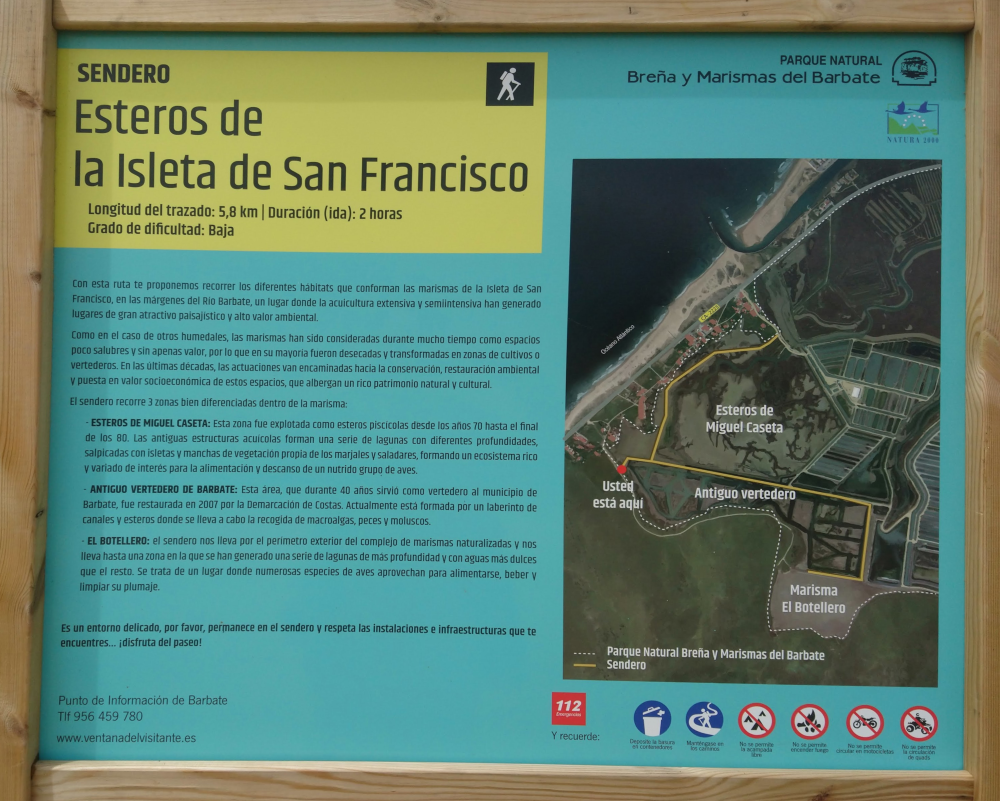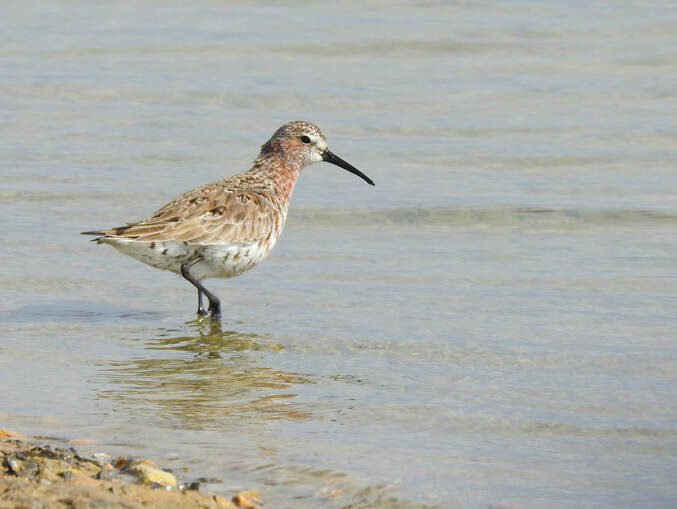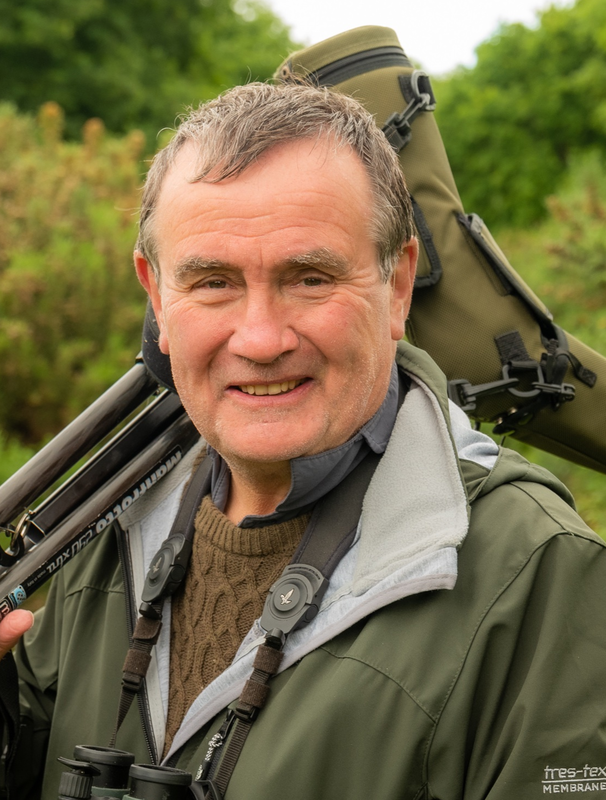
Now that the footpath near the venta has been restored and is now well signposted, it may be worth stopping at (f) - particularly if you need refreshment before exploring the eastern edge of the estuary.
 A noticeboard showing the route of the sendero but note the absence of a 'compass rose' North is not at the top but to your right!
A noticeboard showing the route of the sendero but note the absence of a 'compass rose' North is not at the top but to your right!  The route of the sendero with locations of the photos (see below) marked.
The route of the sendero with locations of the photos (see below) marked. 

 RSS Feed
RSS Feed
